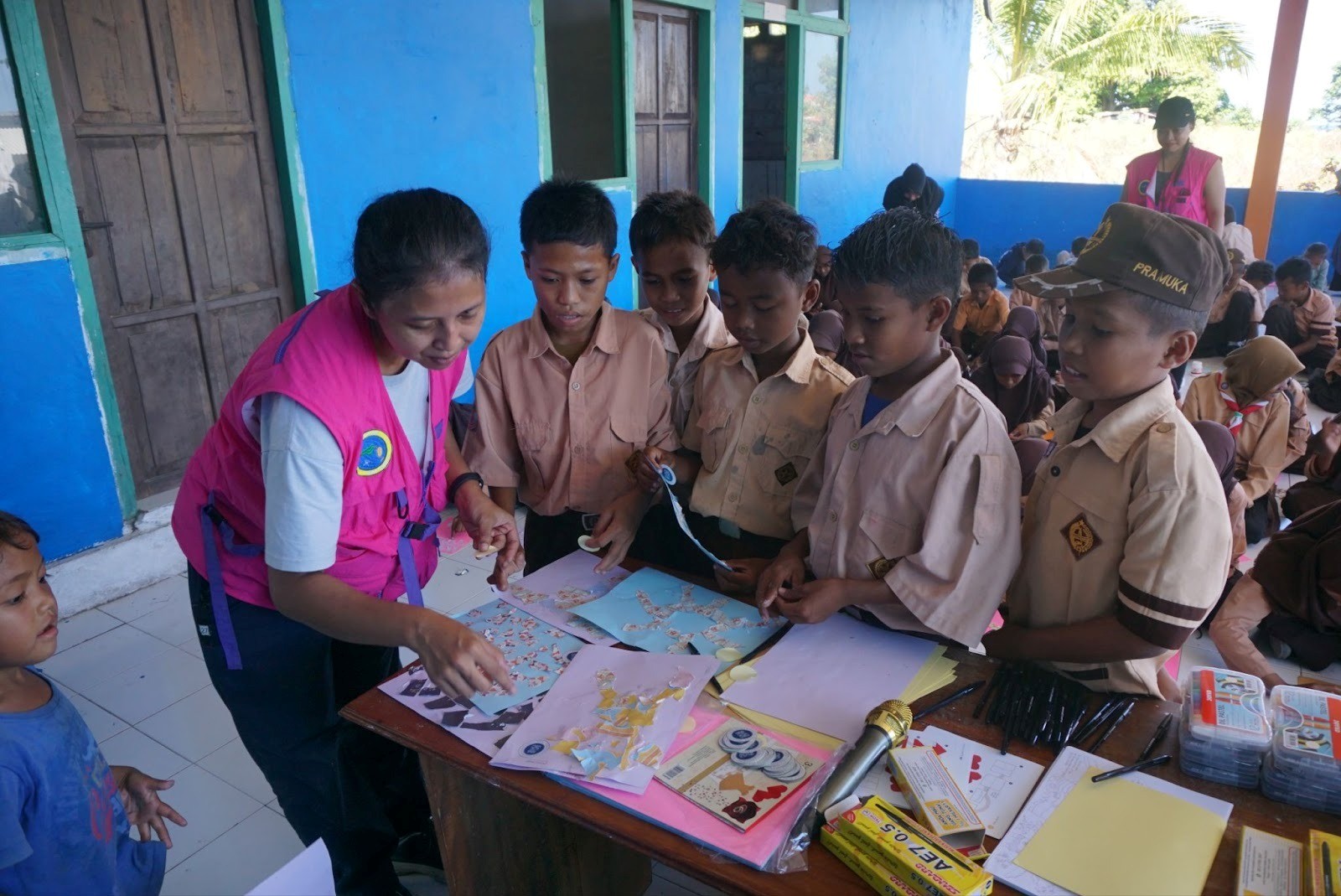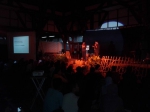Light Pollution as a Challenge in Star Observation for Bosscha Observatory
By Adi Permana
Editor Adi Permana

BANDUNG, itb.ac.id – For 90 years, Bosscha Observatory has contributed many observations and researches in astronomy. However, it requires clear and light-pollution free sky in order to conduct maximum observation.
Head of Bosscha Observatory, Premana W. Premadi explained how light pollution level in Lembang is increasing over years and restraint star observation. “Pollution is increasing because Bandung is increasingly brighter, hence the coverage (for observation) is narrowed,” said Nana, her nickname.
This is one of the biggest challenges for Bosscha Observatory in extending their positive role in astronomy. ITB hopes the Provincial Government of West Java and other related institutions to be proactive in reducing light pollution in Bandung basin area through regulation on lighting as stated in Presidential Regulation No. 45 in 2018 pertaining Spatial Planning for Urban Area of Bandung Basin.
One of Bosscha Observatory’s efforts is free lamp hood give away to several areas in Lembang in order to minimalize light pollution. The activity is also backed with socialization to surrounding community and education in elementary schools about the importance of keeping the sky clear out of light pollution.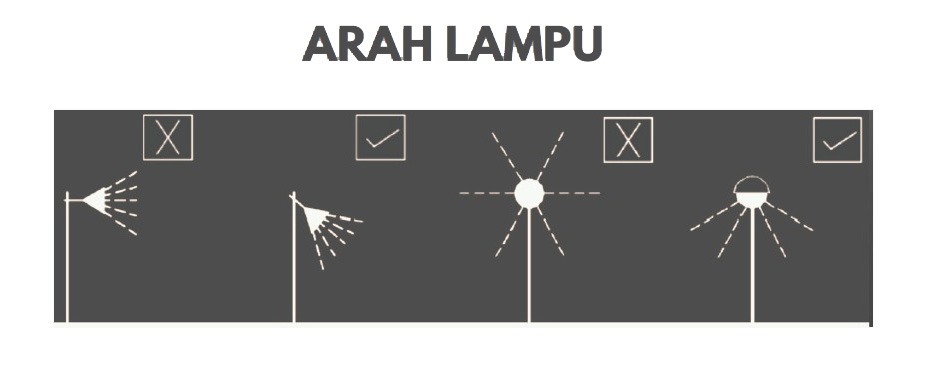
*ilustrasi arah lampu yang tepat untuk mengurangi polusi cahaya (Sumber: Observatorium Bosscha)
Light pollution is caused by improper or excessive use of artificial lightings that brings discomfort to surrounding area. Light pollution comes, for example, from excessive road lightings, billboards, etc. Besides disturbing observation activity, light pollution also disrupts health and the equilibrium of ecosystem.
Due to light pollution, starlight on the sky looks less bright than artificial lights so stars are difficult to observe. One way to avoid light pollution is by managing the use of lightings, such as using it only when needed, avoiding the use of excessive brightness, applying the light only on designated area, and utilizing recommended lamp to prevent light pollution.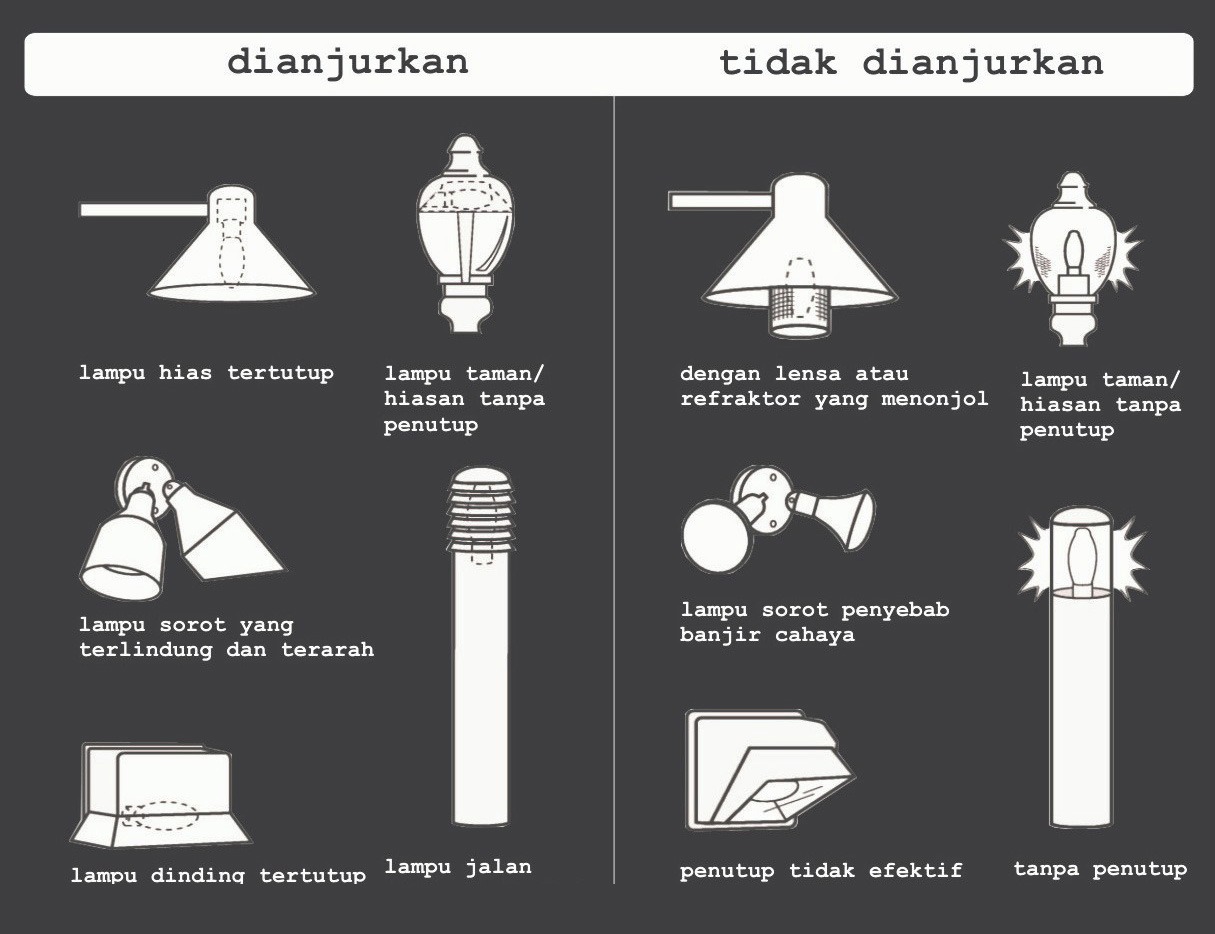
*Sumber: Observatorium Bosscha
In the 90th commemoration of Telescope Zeiss on Saturday (1/12/2018), Dean of Faculty of Mathematic and Natural Sciences (FMIPA) of ITB, Prof. Edy Tri Baskoro, M.Sc., Ph.D, said that good quality of sky—that is free from air and light pollution—is needed for a better quality of human life, biodiversity, and ecosystem balance, which is an important part of sustainable development, especially in Indonesia.
Contribution of Telescope Zeiss
Bosscha Observatory was built on the strong will of the founding fathers to contribute to science by utilizing the observatory’s unique location on the equator and its high human resources potential. The telescope, with a diameter of 60 centimeter and length of 11 meter, was officially handed over by K.A.R Bosscha on 1st June 1928. Observation on binary stars, which becomes a priority program, verified Bosscha’s involvement in the development of astrophysics.
A Bosscha researcher, Muhammad Yusuf, said that there have been 12.000 observations carried out by Telescope Zeiss, including 3.000 on binary stars and 4 of which have been observed in a full observation period and produce 20 international journal publications. “Zeiss is an impressive telescope technology, not only on its past days, but also today,” he said.
Until 1980s, this biggest and oldest telescope in Bosscha Observatory used photography detector system before digital detector technology such as astronomical CCDs was implemented in early 1990s. Afterward, the instrumentation of the telescope has been modernized. Consistent maintenance is the key to its extensive function and use.
Reporter: Rayi Hanjani and Adi Permana

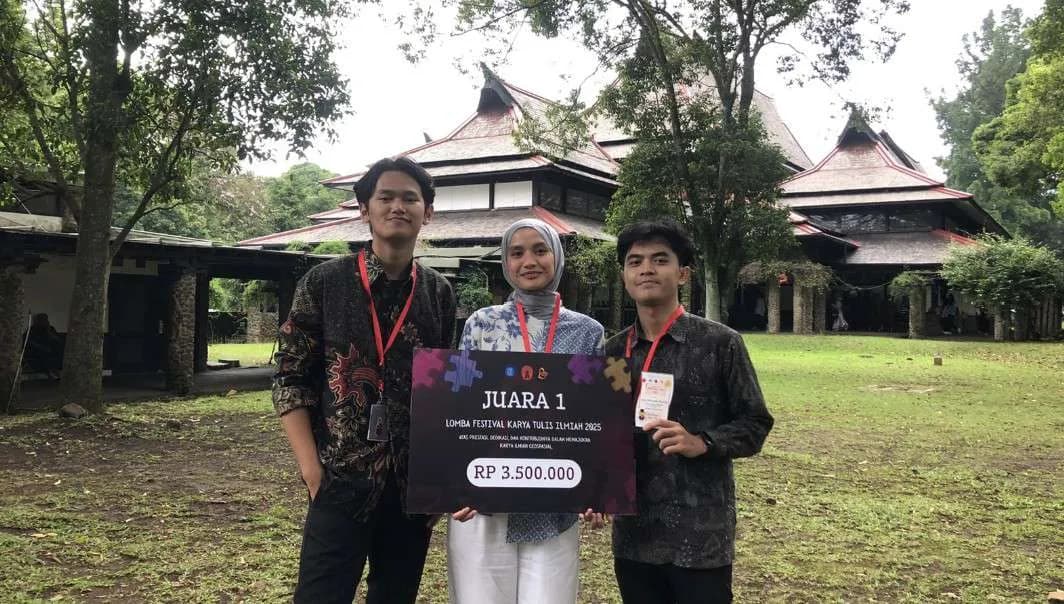
.jpg)
.jpg)
.jpg)
